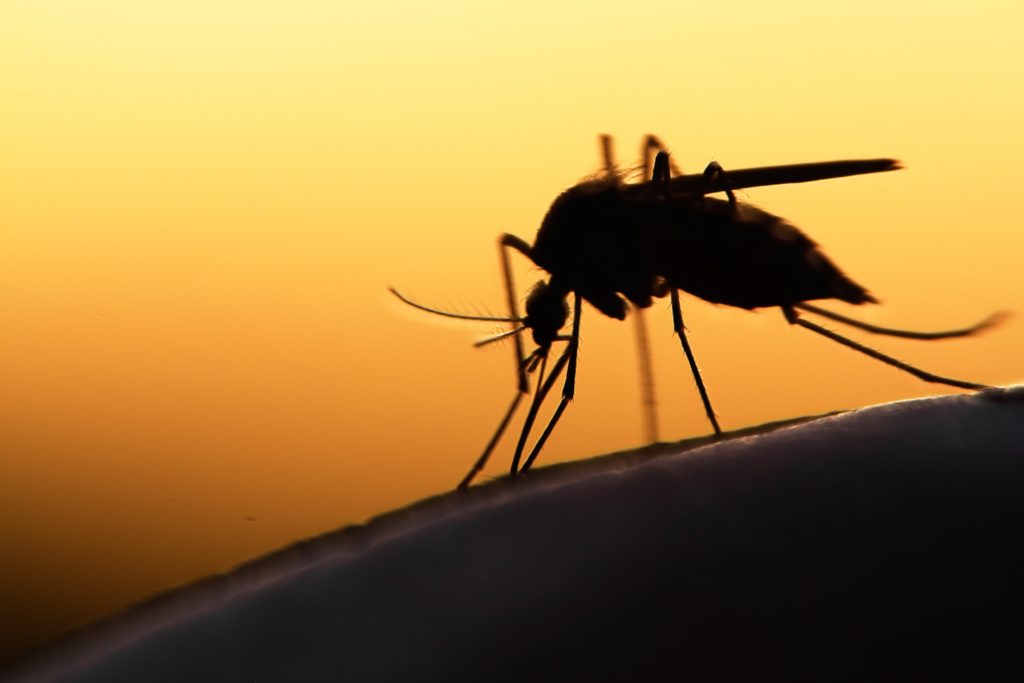
According to a proof of concept experiments conducted by a multi-institutional research team, drone deployment of sterile mosquitoes could accelerate efforts to control their populations and reduce insect-borne disease. Mosquitoes are a public health hazard around the world, spreading infections like malaria to millions and causing countless deaths and health crises – the improved technique could therefore save thousands of lives.
Although traps and netting offer some protection, the proactive approach of reducing the number of insects has also proven effective. This is achieved by sterilising male mosquitoes and releasing them into the wild, where they compete with other males for food and mates but produce no offspring. The problem with this approach is it is extremely hands-on, requiring people to travel through mosquito-infested areas to make regular releases of treated males. Some aerial and other dispersal methods have been attempted, but this project from French, Swiss, British, Brazilian, Senegalese, and other researchers seems to be the most effective and practical yet.
How Does It Work?
Mosquitoes are grown in bulk and sterilised by radiation and packed at low temperatures (“chilled” mosquitoes do not fly or bite) into cartridges. These cartridges are kept refrigerated until they can be brought to a target site where they are loaded onto a drone.
This drone then ascends to a set altitude and travel over the target area, whilst steadily releasing thousands of sterile males as it goes. By staging at the centre of a town, the drone operators can reload the craft with new cartridges and send it in more directions, which allows dispersal over a huge and perhaps difficult to navigate space more quickly and easily then manual techniques.
The experiment used mosquitoes marked with fluorescent dyes that let the researchers track the effectiveness of their air-dropped mosquitoes, and the new technique shows great improvement over manual methods – without even looking at the reductions in time and labour.
The researchers point out that whilst there of course plenty of applications for this technique in ordinary times, the extraordinary times of this pandemic presents new dangers and opportunities. Work such as this could lead to improved general health for billions, and it is fantastic to see drones being put to good use once again!
